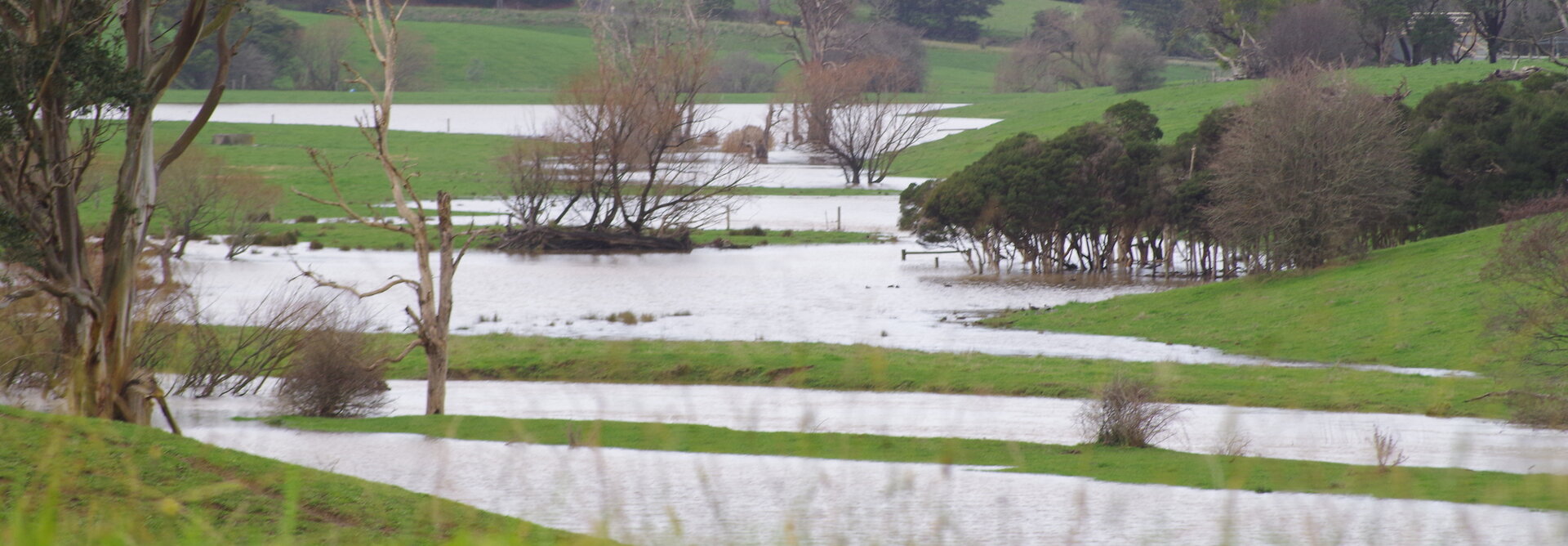Car accidents happen very frequently along this section of the South Gippsland Highway and we are shocked and saddened by the recent fatality.
Our June Landcare AGM was well attended. Thanks also to those who sent in proxies. Office bearers are Sue Miles President, Jill Vella Secretary, Coral Hughes Treasurer, and Kate Walsh BSCW coordinator. Jill leaves paid employment with the South Gippsland Landcare Network (SGLN) at the end of June. With others from across the region, Coral and I attended a SGLN workshop in May and we reported on the BSCW project.
Jill is organizing some wildlife and bird monitoring workshops shortly. This is great opportunity for more people to become involved so if you, or others you know, are interested please do come. Your participation would be greatly appreciated. Meanwhile I’m continuing to slowly extend the list of native and exotic fauna we’ve spotted. Unfortunately Sambar (or Red ?) Deer seem to have become a permanent fixture. These animals degrade habitat, compete with native wildlife, destroy vegetation, and cause soil erosion and compaction. Cats have also been seen which is particularly concerning for birds, lizards, and small mammals such as sugar gliders.
Vic Roads will be maintaining the vegetation along the Rail Reserve from Buckingham & Fowlers Road to Minns Road for the duration of the highway re-alignment project. Meanwhile I’m liaising with the Great Southern Rail Trail Committee (GSRT) and the WGCMA to encourage some weed control and revegetation on the River Bend (peninsula).
As they work toward Government permission to proceed, Vic Roads continue to collect data nad undertake vegetation and other surveys. The Cultural Heritage Management Plan has been approved and so salvage of artefacts will commence in the next few months. An aquatic survey found the river to be in fair condition with threatened Australian Grayling present as well as Common Galaxias, Tupong, Smelt, Short-finned Eel, and some large introduced Carp.
See a Vic Roads update and artists impression of the highway re-alignment
https://www.vicroads.vic.gov.a...
Hopefully with time there will be a lot more tall trees and understory than that!
Deb McLees from Vic Roads is still looking to secure vegetation offset sites, (ie land with Eucalyptus strzeleckii growing, preferably in South Gippsland) for work being undertaken at the Black Spur, Koonwarra. My understanding is that a private landholder would be paid to manage and protect the site and secure its future with a covenant. This represents an opportunity to protect some of the magnificent old remnant Strzelecki Gums and allow regeneration of new ones. Vic Roads contact is Debbie McLees, 03 5172 2324, deborah.mclees@roads.vic.gov.au . Ben Imbrey, from Indigenous Designs has begun some preliminary vegetation assessments.
Some brief notes from Mike Cleeland’s April presentation to the South Gippsland Australian Plants Society : Dinosaurs of Inverloch and Koonwarra.
Inverloch has been a rich source of fossils which have greatly increased our understanding of life 115 – 125 million years ago. However, as the site consists of an ancient stream bed, most of the fossils are fragments which have survived being washed down a river. In the absence of new discoveries, no further work is being carried out at Inverloch and the Victorian Museum is concentrating on Cape Otway and Koonwarra.
In contrast, Koonwarra was a still, fresh water lake and surviving fossils are in exquisite condition although the fossil rock layer is now dipping at a 70 degree angle. Most fossils are plants and fish but there are also insects, spiders, a Horseshoe crab and, significantly, nine beautiful primitive down feathers. Six, are thought to belong to an ancient bird, two to a dinosaur, and one is unclear. A similar site in Jehol, China, has 12 fossil dinosaurs.
One Koonwarra plant fossil has the leaf venation of an angiosperm and what appears to be a crushed flower in the axil. This would make it the 3rd oldest evidence of flowering plants in the world! There is also a flea Tarwinia about 2 cm long so there is speculation about what it was feeding on – possibly dinosaurs or flying reptiles.
Koonwarra was excavated when first found in the 1960s and again in 2015. Now, in 2018, more rocks have been removed to be sent (around the world) to be scanned with various new technologies.
Mike gave everyone the opportunity to find their own fossils by breaking open the layered rocks he brought with hm. “Fossil of the Day” was a lovely example of Taeniopteris daintreei. This fern-like species was common at Koonwarra and may have grown as an understory plant beneath Ginkgoites australis (maidenhair trees) and conifers (like Wollemi Pine).
Kate Walsh, Coordinator, Black Spur Creek Wetland Project, for Nerrena/Tarwin Valley Landcare Group.
walshpk@gmail.com. Phone 0409 418 223.

